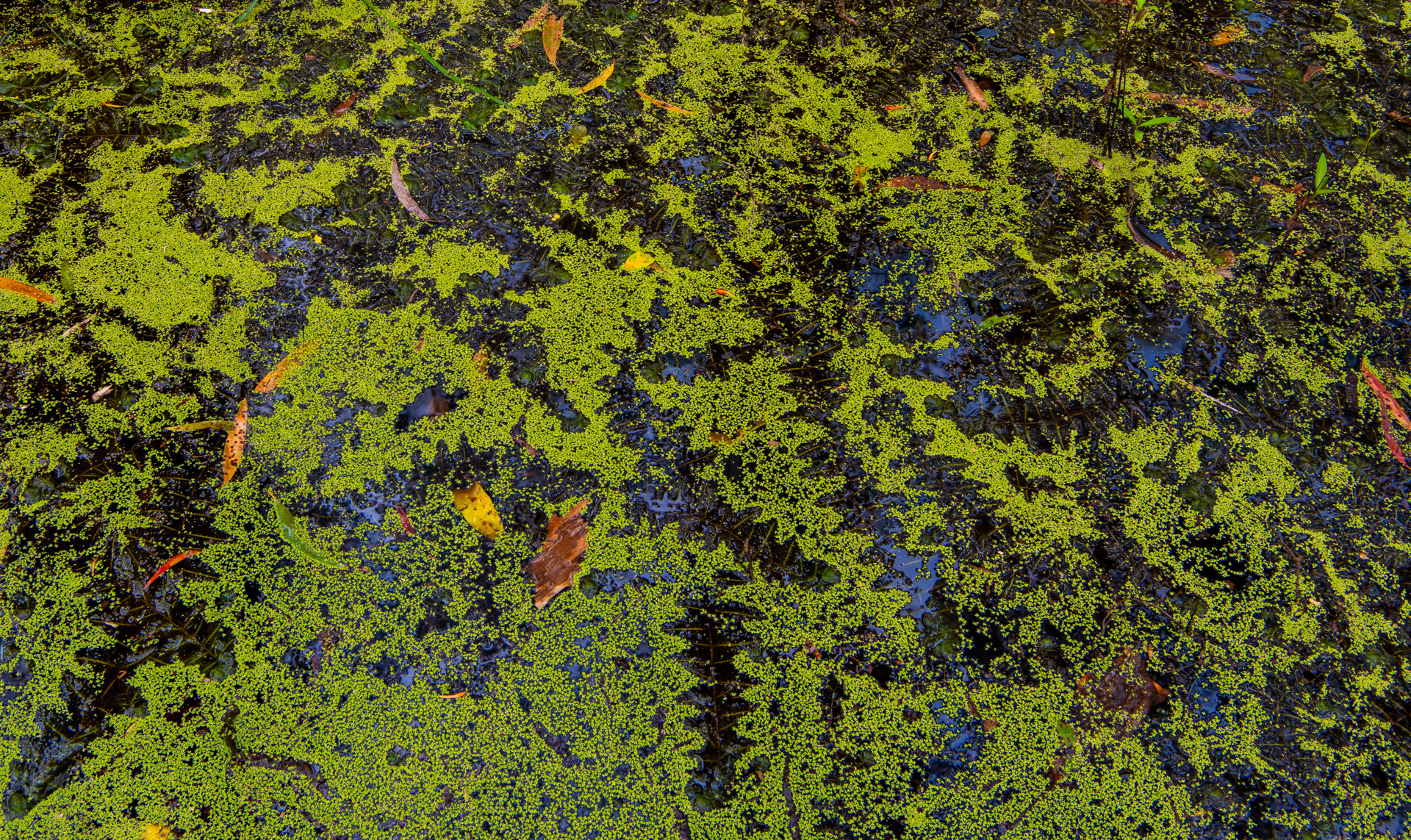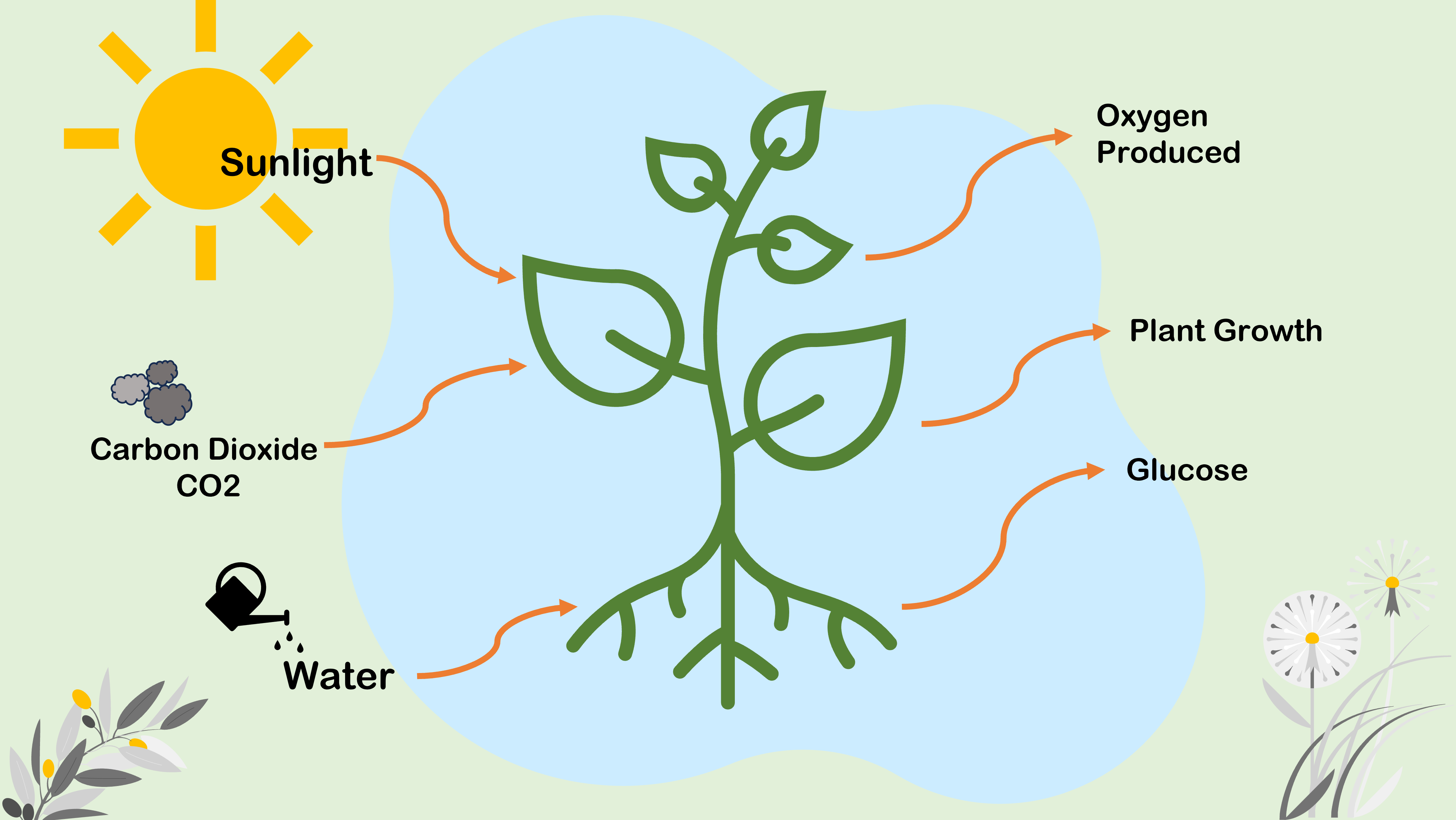|
|
PhotosynthesisPhotosynthesis is the process by which green plants and other organisms transform light energy into chemical energy. During photosynthesis in green plants, light energy is captured and used to convert water, carbon dioxide and minerals into oxygen and energy rich organic compounds (e.g. sugars)[3]. Carbon dioxide enters the plant through its stomata, tiny pores on the surface of leaves and stems. The process of making their own food is called autotrophy. Photosynthesis in plants usually involves chlorophyll, the green pigment in plants. As well as higher plants, algae (including those in corals) and cyanobacteria also have the ability to photosynthesise[1]. Respiration is the physical and chemical processes (such as breathing and diffusion) by which an organism supplies its cells and tissues with the oxygen needed for metabolism and relieves them of the carbon dioxide formed in energy-producing reactions[4]. Respiration is a fundamental process necessary for the survival and functioning of most living organisms, including plants. During aerobic cellular respiration, glucose reacts with oxygen, forming adenosine triphosphate (ATP) that can be used by the cell as an energy source. Carbon dioxide and water are created as byproducts. Cellular respiration can be either aerobic (uses oxygen) or anaerobic (without oxygen, fermentation). Cellular respiration is not the same as breathing - it is a biochemical process[5]. The gross rate of photosynthesis is the measure of the rate that a plant captures radiant energy and fixes it into carbon compounds. The net gain of photosynthesis is the increase or decrease in dry matter that results from the difference between gross photosynthesis and losses due to respiration and death of plant parts[1]. Figure 1 - The process of photosynthesis Chlorophyll absorbs light energy and uses this energy to convert carbon dioxide and water into organic compounds, mainly glucose. It absorbs the red and blue of the electromagnetic spectrum and reflects the green parts of the spectrum. There are several types of chlorophylls, including a and b, which are found in higher plants and green algae and chlorophyll c and d are found in other algae[2]. As light intensity is increases the rate of photosynthesis also increases to a maximum level. At low temperatures (0-10 degrees Celsius) the rate of photosynthesis is low and plants either cease to grow or their growth can be stunted. A similar process of slowing in growth and stunting can happen if the temperatures are too high. The optimal temperature for photosynthesis is 10-20 degrees Celsius as the enzymes which drive the process work at their optimum at these temperatures. During photosynthesis, plants consume carbon dioxide rapidly. However if there is too much carbon dioxide in the atmosphere it becomes toxic to the plants and photosynthesis is stopped. If there is too little carbon dioxide photosynthesis is reduced. Water is also critical in photosynthesis. When water intake or availability is decreased, the stomata closes to prevent any further water loss, and this results in less carbon dioxide intake and a reduction in photosynthesis. All life on Earth is dependent on photosynthesis, without it there would be little or no oxygen and no primary production and hence food for animals. Photosynthesis in wetlandsPhotosynthesis in wetlands is essential for a range of ecological processes. When algae, macrophytes and other aquatic plants in the water (floating, emergent and benthic) photosynthesise they releases oxygen into the water and increase the levels of dissolved oxygen which is crucial for aquatic animals in the ecosystem. Low levels of dissolved oxygen can suffocate and kill aquatic life. Some seagrasses and bacteria that cannot get enough light can photosynthesise without it. This is called chemosynthesis. These organisms make their food using energy from chemical reactions. They often combine hydrogen sulfide or methane with oxygen to create energy. References
Last updated: 24 October 2023 This page should be cited as: Department of Environment, Science and Innovation, Queensland (2023) Photosynthesis, WetlandInfo website, accessed 18 March 2024. Available at: https://wetlandinfo.des.qld.gov.au/wetlands/ecology/processes-systems/photosynthesis/ |

 — Department of Environment, Science and Innovation
— Department of Environment, Science and Innovation



